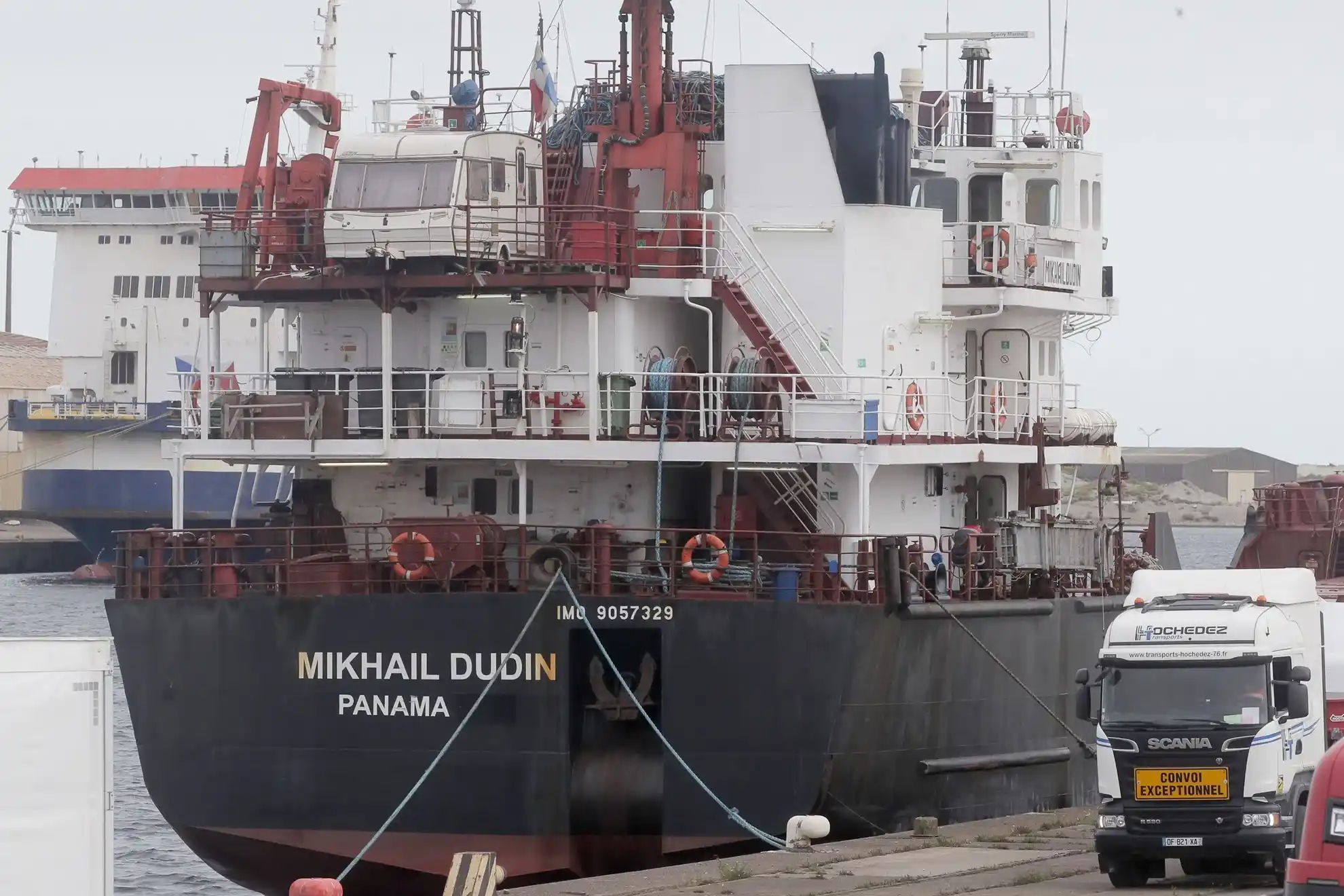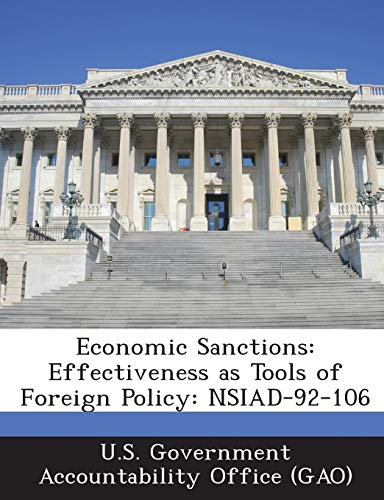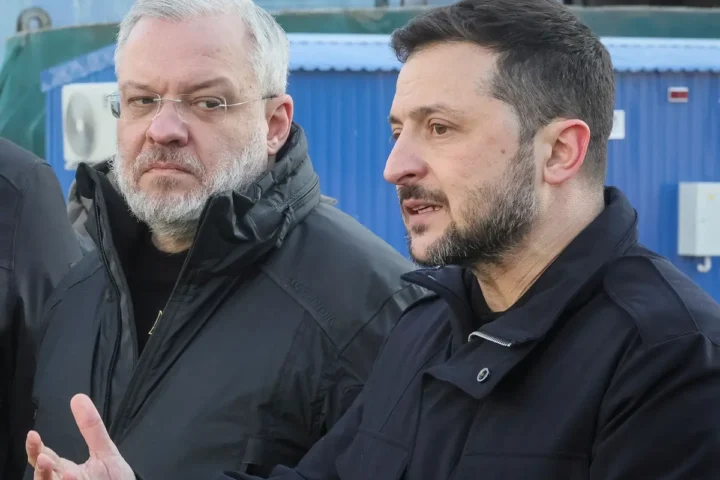Russia’s oil export volumes have dropped sharply, primarily due to a temporary halt at one of its key Pacific terminals and mounting geopolitical pressure surrounding U.S. sanctions. In the four weeks ending March 30, average daily crude flows fell to 3.28 million barrels — the steepest decline since early February, according to Bloomberg data.
The most significant short-term factor behind this slump was a three-day suspension of loading operations at the Kozmino terminal, Russia’s primary hub for Pacific shipments. Although no official reason was given, the disruption is believed to have been caused by maintenance rather than adverse weather. Despite a slight weekly uptick in flows, the broader trend remains downward.
India Wavers Amid U.S. Threats of Secondary Sanctions
At the same time, India — one of Russia’s most consistent oil buyers — is starting to reconsider its position. With the Biden administration warning of potential secondary sanctions on those purchasing Russian oil, Indian refiners have begun exploring alternative sources, especially for May deliveries. Given that shipments from Russia to India typically take about a month, uncertainty over future U.S. actions is already influencing procurement decisions.
Nevertheless, Russian oil continues to reach Indian shores — albeit through more complex routes. Recent deliveries involved cargoes that had initially been transported to floating storage off Murmansk using U.S.-sanctioned shuttle tankers. These barrels were later reloaded onto non-sanctioned ships for final delivery. One such shipment was offloaded at New Mangalore, while another is now discharging at Paradip. Although the tankers making the final trip aren’t blacklisted, the original vessels involved remain under U.S. sanctions, raising questions about enforcement and compliance.
Shadow Trade: Sanctioned Tankers Back in Action
In the Pacific region, several tankers previously sidelined due to U.S. restrictions have returned to active duty. Bloomberg reports that three of them recently loaded ESPO crude at Kozmino, while at least two others took on Sokol-grade oil through ship-to-ship transfers off the Russian coast. These vessels appear to be heading toward Chinese ports, suggesting that China remains a reliable outlet for Russian crude, regardless of Western sanctions.
Interestingly, the volume of Russian oil sitting idle on tankers for more than a week has dropped significantly — from a peak of 9 million barrels to just 1.4 million. This may indicate improved logistics, renewed buyer interest, or simply a strategic clearing of bottlenecks.
Revenue Holds (For Now) as Flows Shift Toward Asia and Syria
Despite the drop in export volumes, Russia’s weekly oil income actually grew by about $40 million to $1.32 billion in the last week of March, thanks to modest increases in global oil prices. Argus Media reports that the price of Urals crude from the Baltic rose by $2.60 per barrel, with Black Sea exports gaining $2.20. ESPO from the Pacific added $1.60 per barrel, and delivered prices to India increased by $2.40.
However, on a broader four-week basis, average weekly export earnings declined by around 5%, falling to $1.37 billion. This suggests that price increases were not enough to fully compensate for reduced shipment volumes.
In terms of destinations, Asia continues to dominate Russian crude exports. Observed flows to Asian customers, including those with unclear final destinations, averaged 3.06 million barrels per day. This includes around 530,000 barrels per day from western ports marked for Port Said or the Suez Canal, and some 60,000 barrels daily on vessels not yet reporting any destination at all.
Notably, Syria has re-emerged as a visible destination for Russian oil. A second cargo arrived recently at the port of Baniyas, and two more are on the way, based on ship signals and tracking data. Average flows to Syria hit 100,000 barrels per day. Meanwhile, shipments to Turkey dropped slightly to 130,000 barrels per day, as the country’s largest refiner reportedly scaled back its Russian crude intake in response to U.S. sanctions.
There were no recorded shipments of Kazakhstan’s KEBCO crude during this period. Although these barrels are transported through Russia, they are not subject to EU sanctions and are rebranded to differentiate them from Russian exports.
Finally, Bloomberg notes that some ship-to-ship transfers are being conducted in secrecy, using methods like turning off or spoofing GPS signals — a tactic aimed at concealing the identity and interaction of vessels during crude handoffs. This underscores the increasingly shadowy nature of parts of the Russian oil trade, as participants seek to evade Western monitoring.
As the global oil market continues to adjust to evolving sanctions, enforcement strategies, and shifting alliances, Russia faces a complex balancing act: maintaining revenue, navigating sanctions, and preserving critical relationships with Asian buyers, especially as traditional markets continue to close their doors.
This article was prepared based on materials published by Bloomberg. The author does not claim authorship of the original text but presents their interpretation of the content for informational purposes.
The original article can be found at the following link: Bloomberg.
All rights to the original text belong to Bloomberg.





















